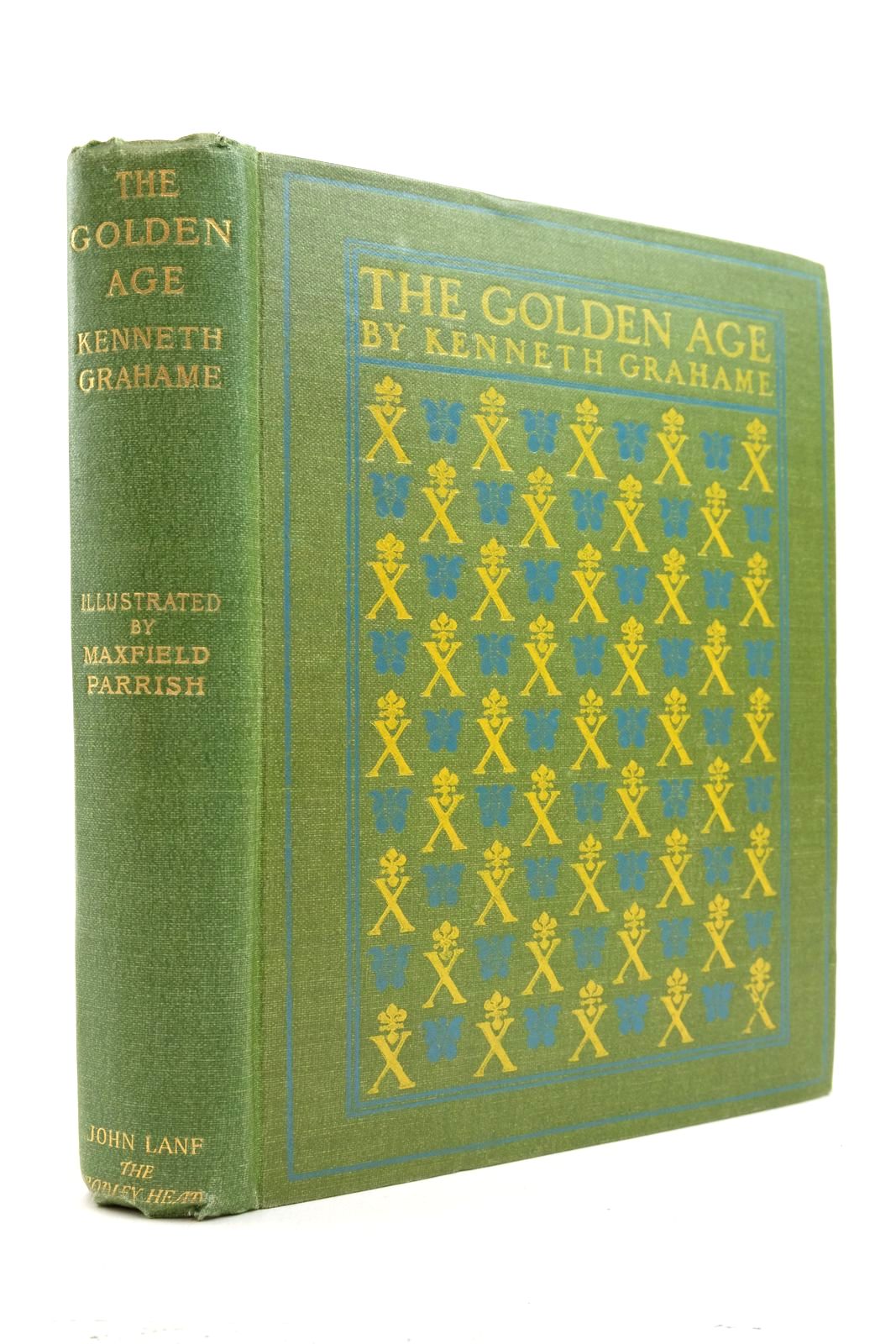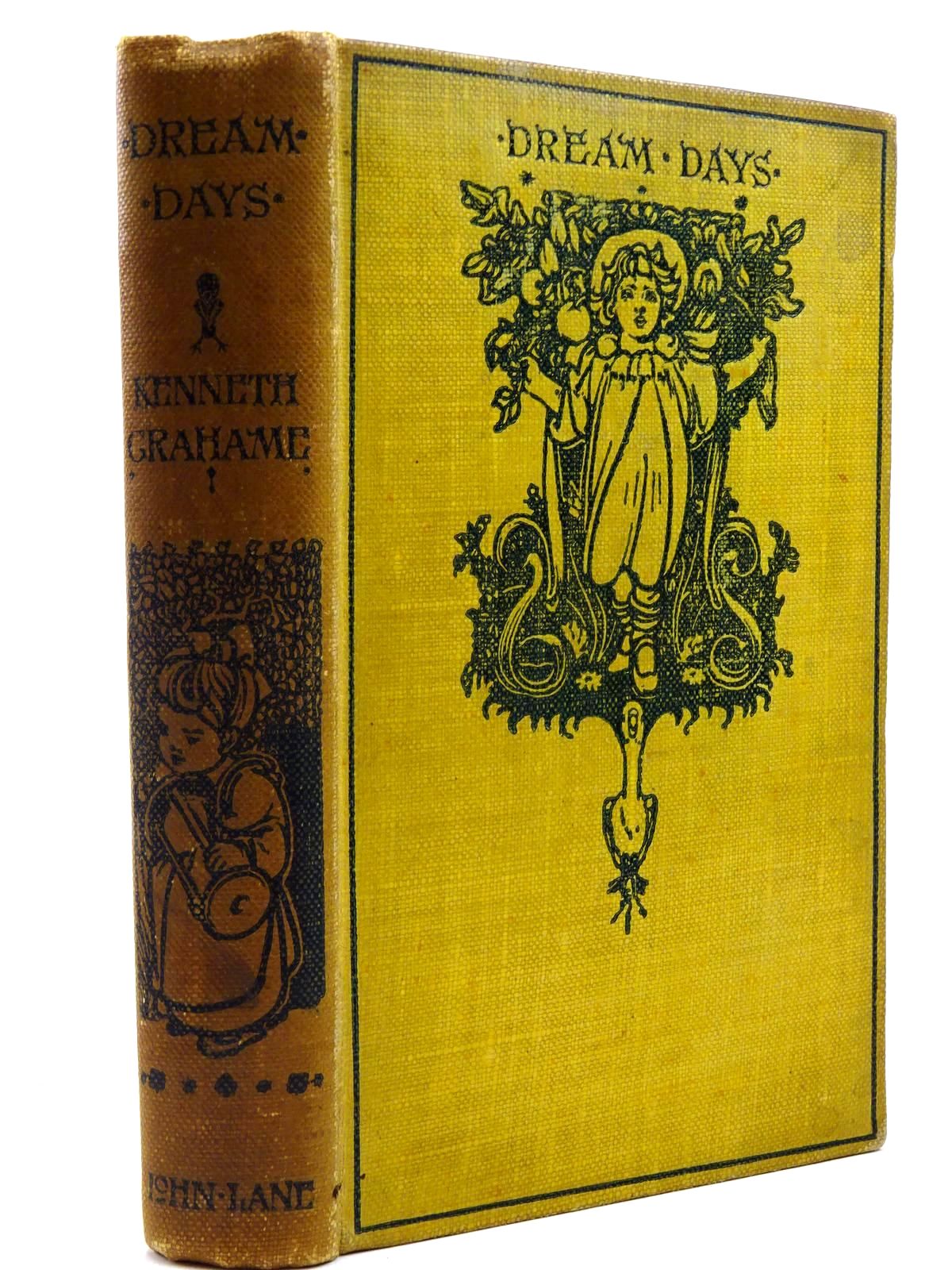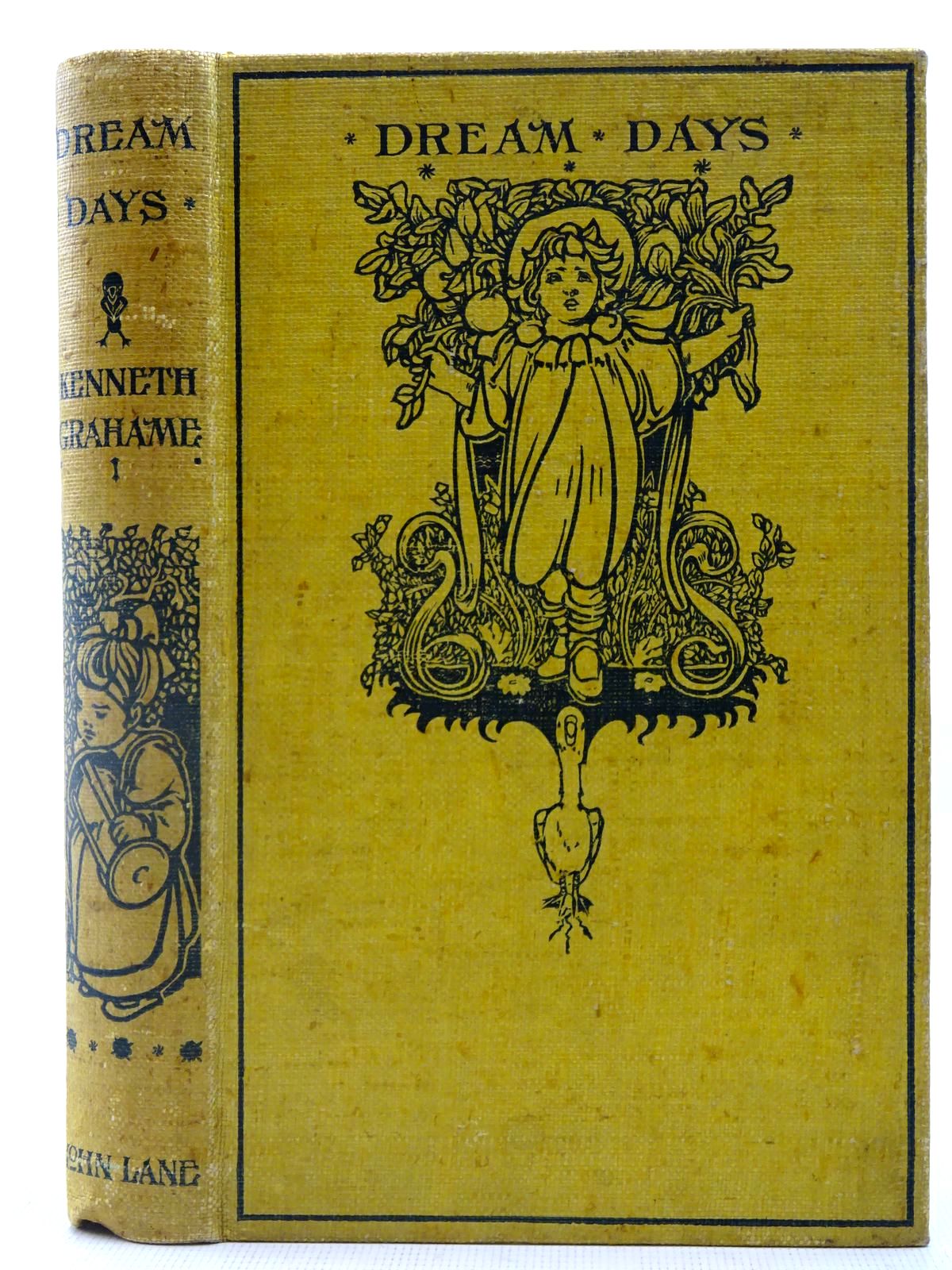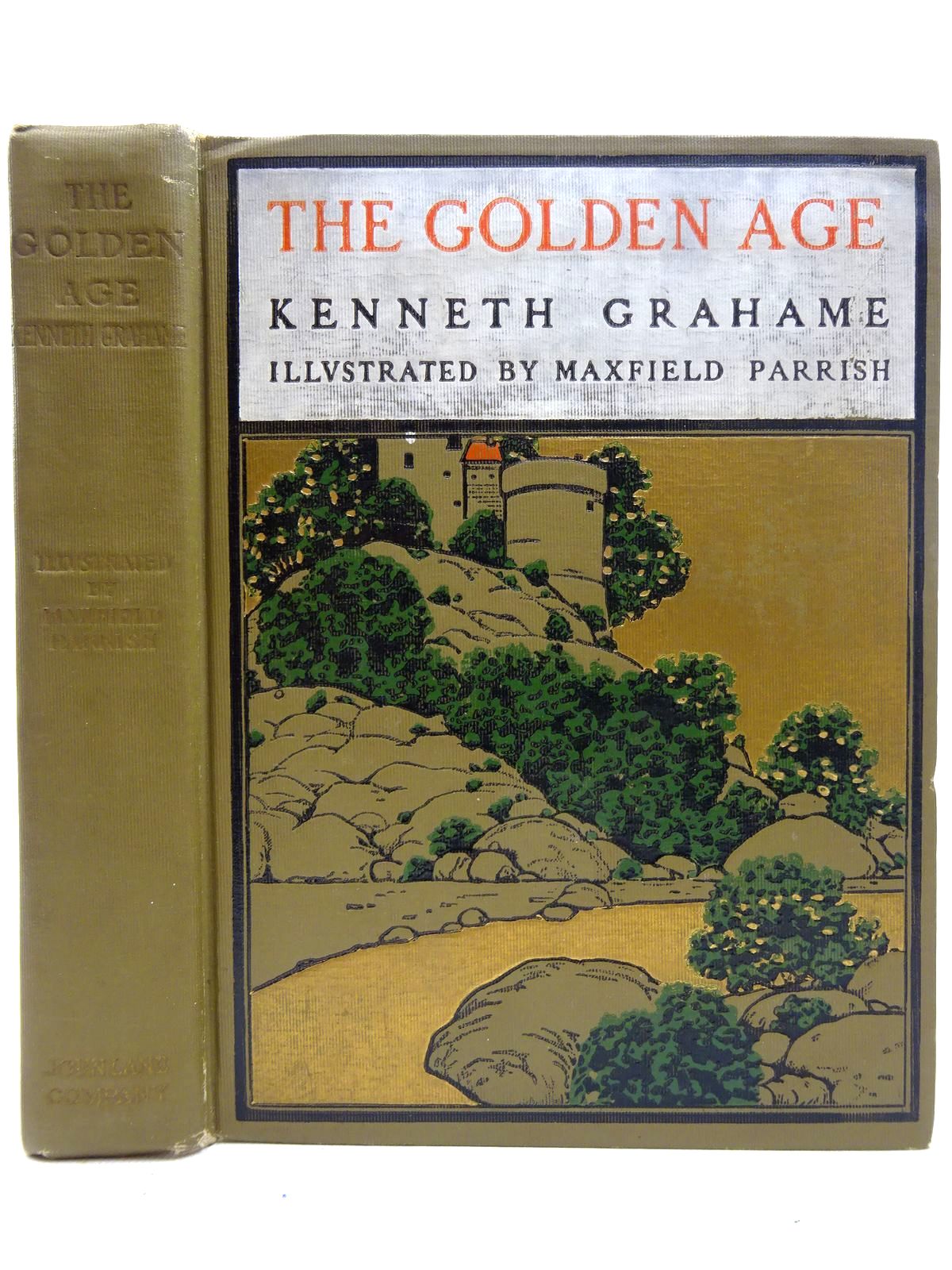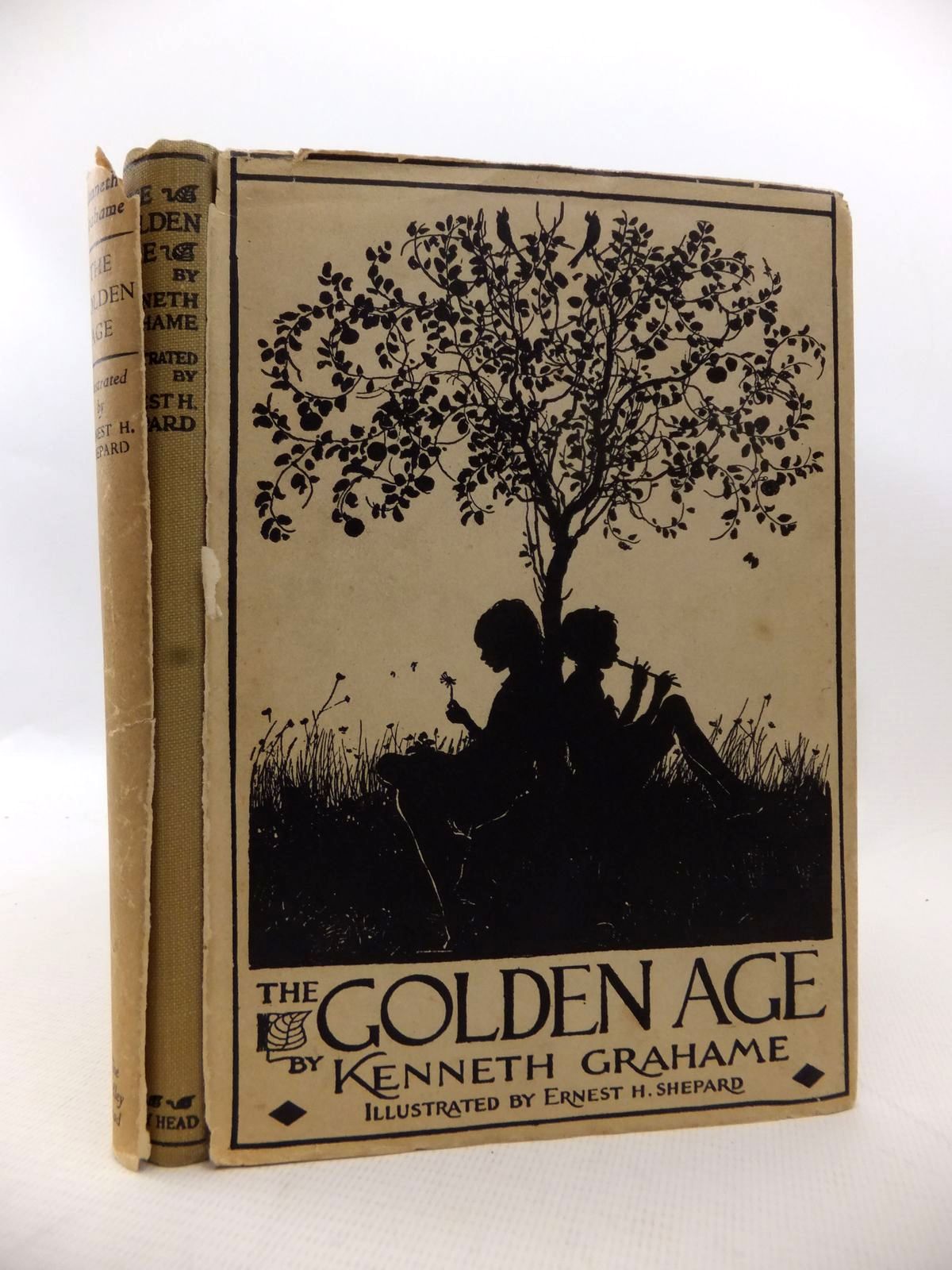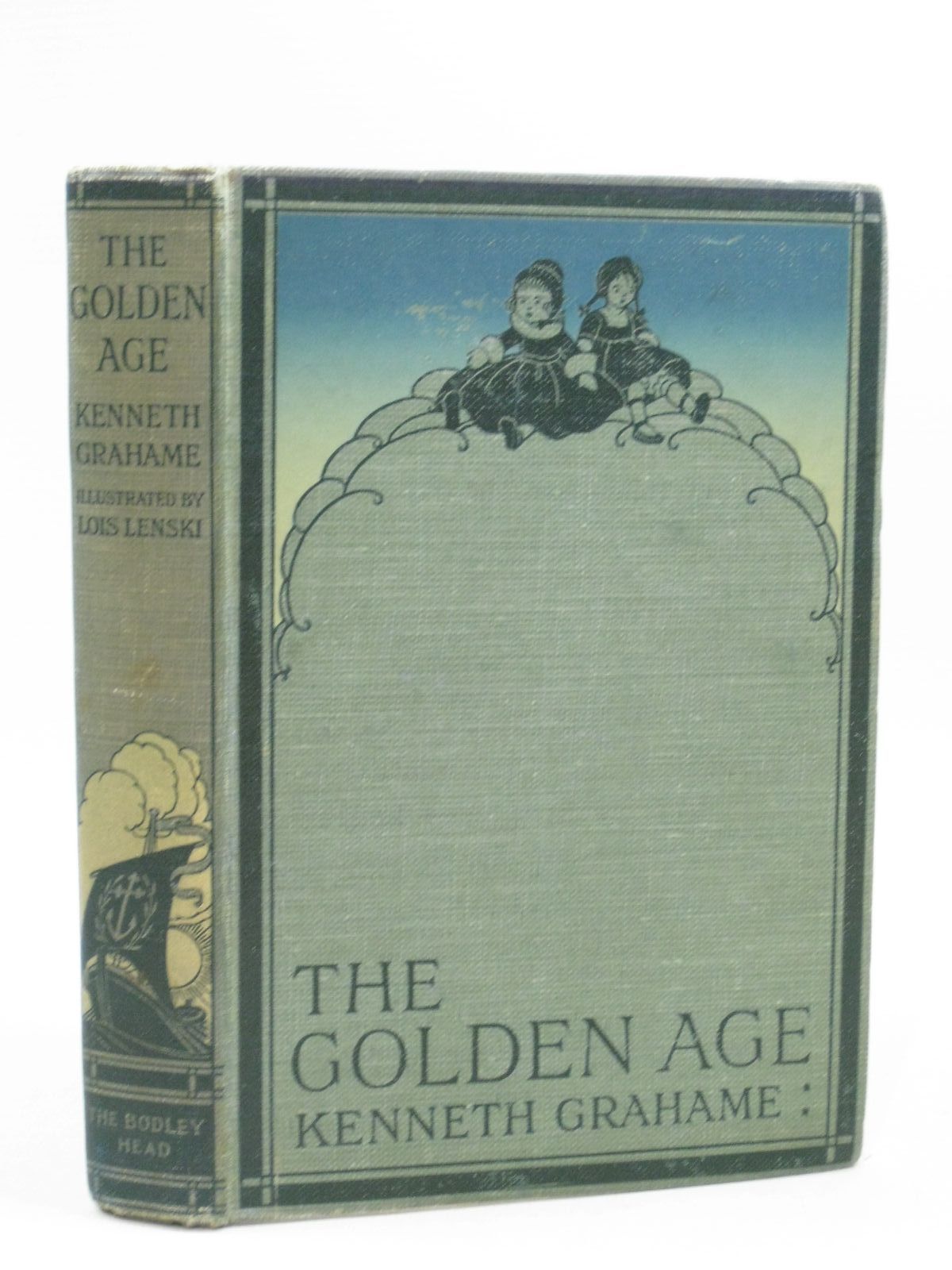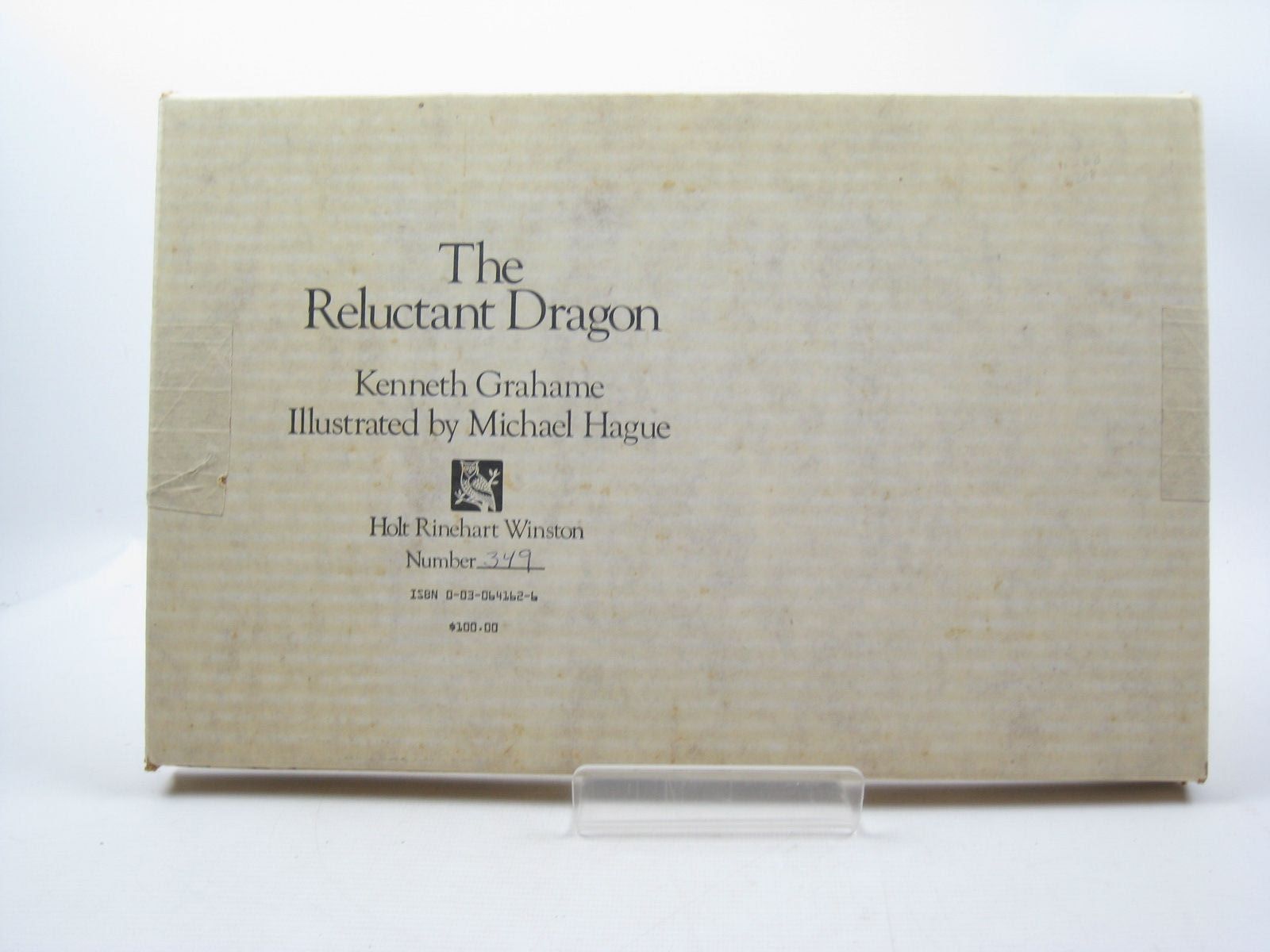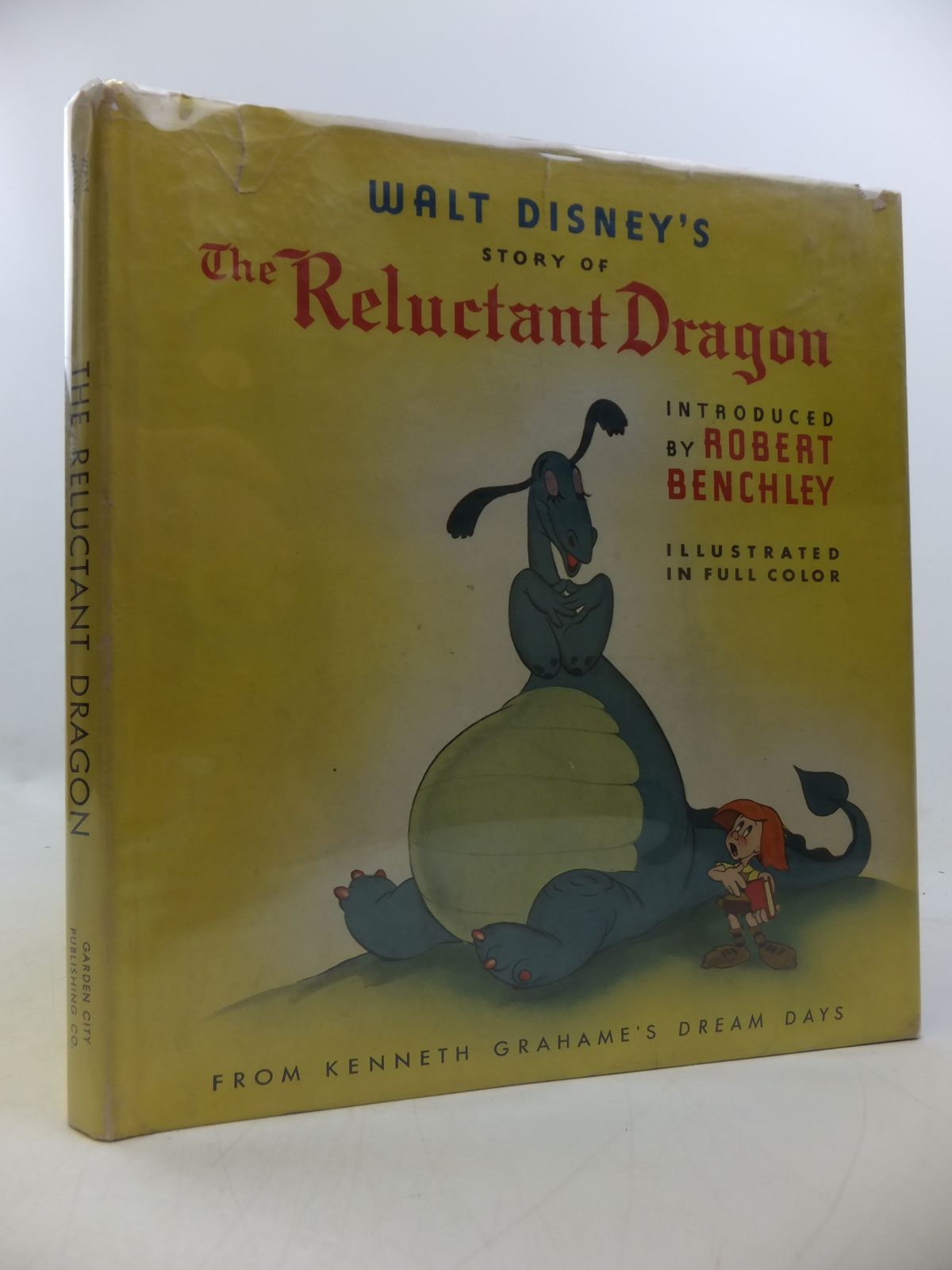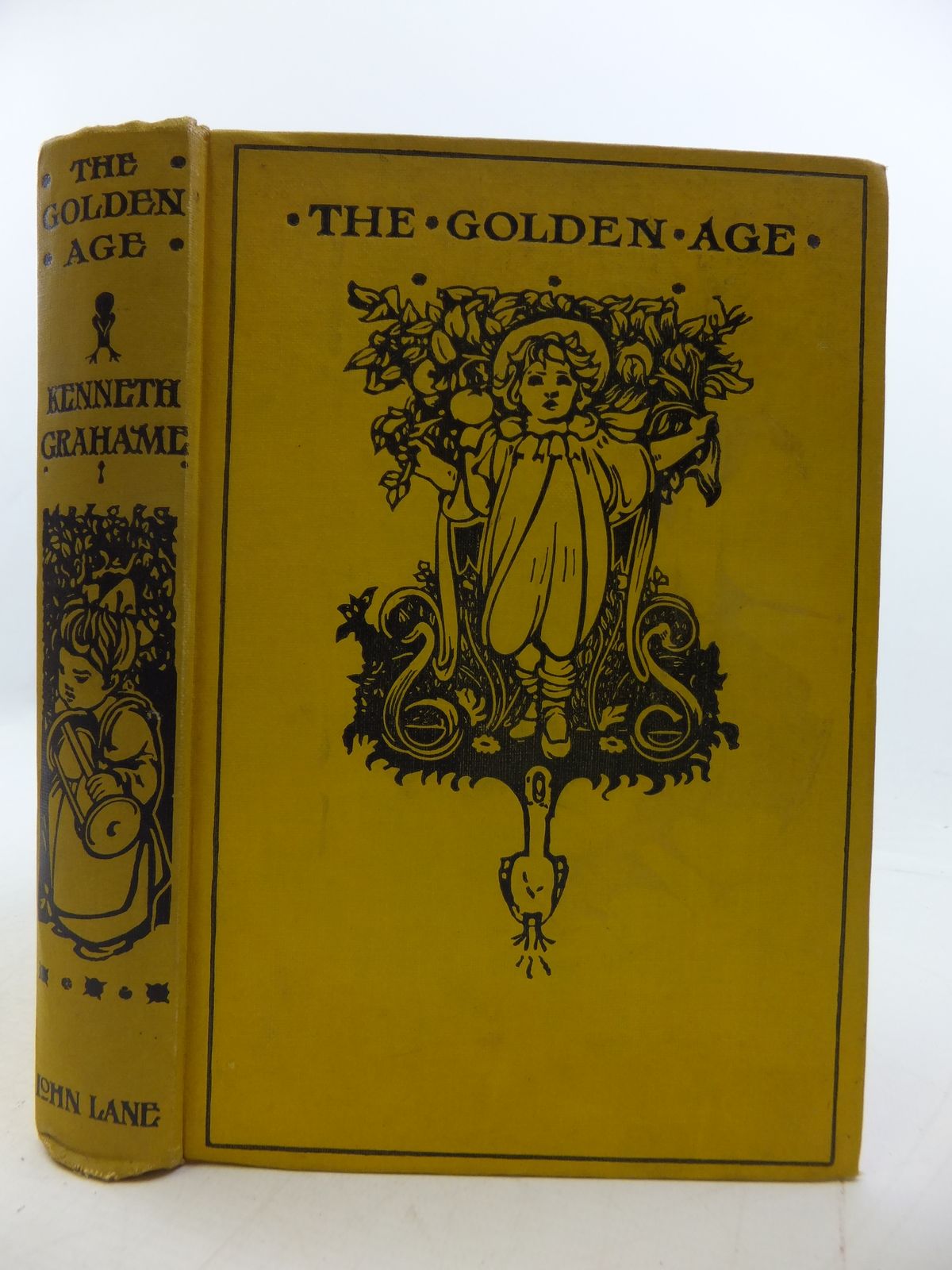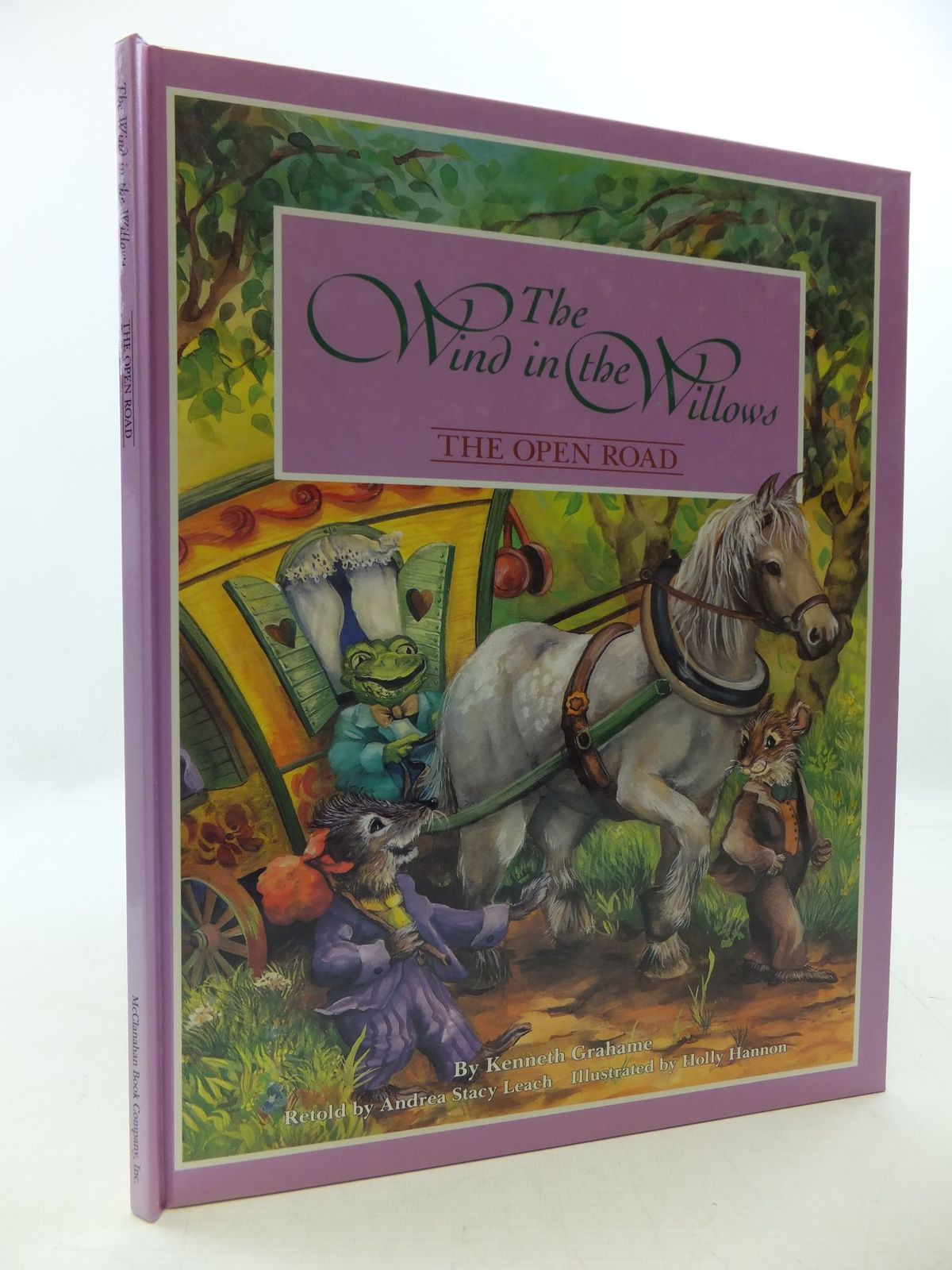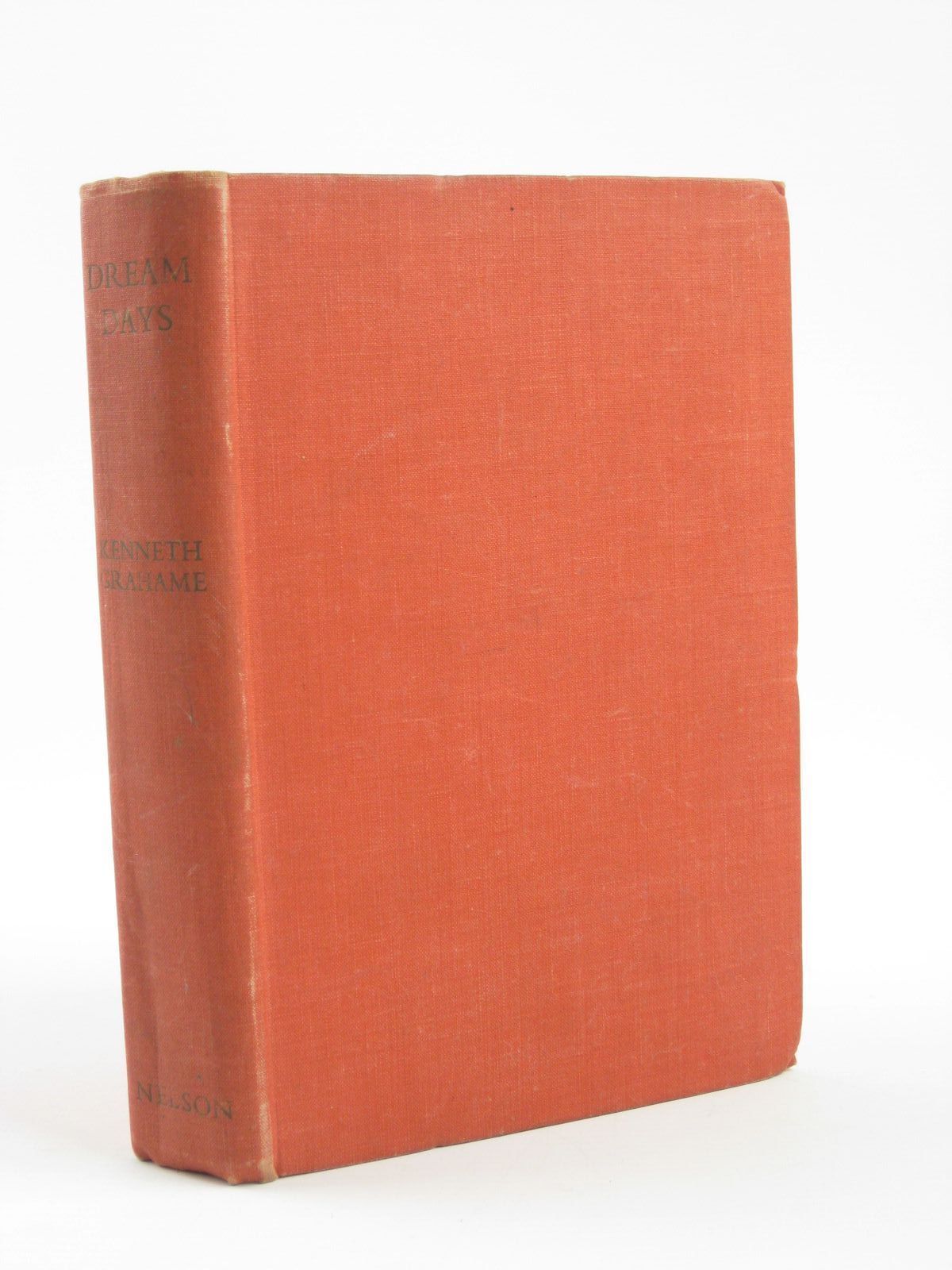Kenneth Grahame
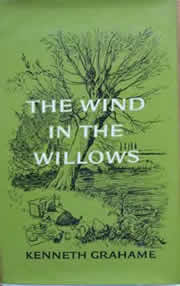 It was as I was working hard the other day, with my feet up on the desk, that my eyes turned to overlook the river which flows past just outside the shop window in Tintern. You can imagine my astonishment to see a mole and a water rat quietly sculling upriver by the far bank. And it made me think of the last time they had appeared, and the effect they had had on Kenneth Grahame. He had quite a sad life, for one who was so successful.
It was as I was working hard the other day, with my feet up on the desk, that my eyes turned to overlook the river which flows past just outside the shop window in Tintern. You can imagine my astonishment to see a mole and a water rat quietly sculling upriver by the far bank. And it made me think of the last time they had appeared, and the effect they had had on Kenneth Grahame. He had quite a sad life, for one who was so successful.
He was born on the 8th March 1859 in Edinburgh, the third of four children. He lived there, happy and carefree, until the death of his mother from scarlet fever when he was five years old. Indeed he himself caught the infection and for a time his own life hung in the balance. However he recovered, although his health was badly affected by the disease and was always poor thereafter. But his mother's death had a disastrous effect on his father who, always a rather unstable person, renounced all responsibility for his children and turned to alcohol for solace.
The children were packed off to their grandmother, Granny Ingles, who lived at Cookham Dene in Berkshire. They only saw their father once more when they were summoned home by him. The return did not go well, and within a year they had returned to Cookham Dene. Grahame was just eight years old.
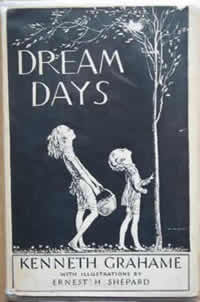 Those days at Cookham were among the happiest of young Kenneth's life, but they did not last long. Aged 9 he was boarded at school in Oxford where he survived for seven years and was able to roam around the area almost at will. He had hoped to go on to the University, but his Uncle John, a Scot, baulked at the expense, and Kenneth found himself instead a clerk at the Bank of England, where he eventually became Secretary in 1898 and remained until he took early retirement in June 1908.
Those days at Cookham were among the happiest of young Kenneth's life, but they did not last long. Aged 9 he was boarded at school in Oxford where he survived for seven years and was able to roam around the area almost at will. He had hoped to go on to the University, but his Uncle John, a Scot, baulked at the expense, and Kenneth found himself instead a clerk at the Bank of England, where he eventually became Secretary in 1898 and remained until he took early retirement in June 1908.
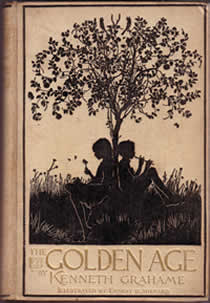 Grahame married late in life, in 1899, but the marriage was not a very happy one. He had just one child of his own, Alastair, who was born blind in one eye and with a squint in the other and who was always rather a sickly child. Because of the unhappy marriage Alastair became the focal point of both parents' frustrated ambitions, and he had no hope of being able to live up to their expectations. After unhappy periods at Rugby and Eton, 'Mouse' (as he was known) went up to Oxford in 1918 and two years later died in a railway 'accident'.
Grahame married late in life, in 1899, but the marriage was not a very happy one. He had just one child of his own, Alastair, who was born blind in one eye and with a squint in the other and who was always rather a sickly child. Because of the unhappy marriage Alastair became the focal point of both parents' frustrated ambitions, and he had no hope of being able to live up to their expectations. After unhappy periods at Rugby and Eton, 'Mouse' (as he was known) went up to Oxford in 1918 and two years later died in a railway 'accident'.
Following his retirement Grahame had become quite reclusive but still managed to travel abroad quite a bit. He died in July 1932.
He had many articles published, but just four books, Pagan Pages in 1893, The Golden Age in 1895, Dream Days in 1898 and The Wind in the Willows in 1908. The first three books satirised adults (The 'Olympians') as being materialistic and mean, wielding a completely arbitrary form of justice. They would never admit to being in the wrong, and never allowed the children the same privilege. Largely autobiographical, these books, particularly the latter two, made him famous overnight.
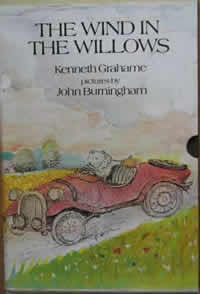 The Wind in the Willows was different. The stories of the riverside adventures had begun as bedtime stories. When eventually published in 1908, after a real struggle, it was received in almost disbelief. What was Grahame up to, writing such trivia? With no illustrations the book did not sell well. The first illustrated edition came out in 1913, but it was of course the 1931 illustrations of Ernest Shepard which completed the story, and the rest, as they say, is history.
The Wind in the Willows was different. The stories of the riverside adventures had begun as bedtime stories. When eventually published in 1908, after a real struggle, it was received in almost disbelief. What was Grahame up to, writing such trivia? With no illustrations the book did not sell well. The first illustrated edition came out in 1913, but it was of course the 1931 illustrations of Ernest Shepard which completed the story, and the rest, as they say, is history.
As quickly as possible the customers were cleared from the shop, but too late - there was now no sign of the visitors, and no chance to find out the how the River folk were faring nowadays. Bother...
Contributed By David Starling
(Published on 30th Sep 2013 )



